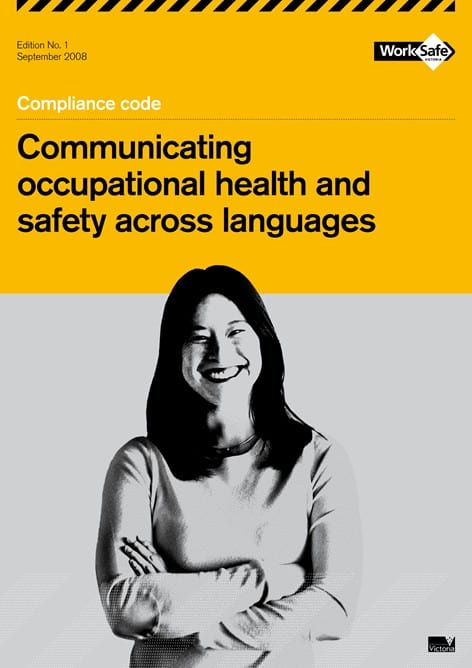In 1975 five Australian reporters were killed while covering the armed dispute between the Indonesian military and, what used to be called “freedom fighters”, the Fretilin in East Timor. An indication of how circumstances can change is that José Ramos Horta, the current President of East Timor was a founder and former member of Fretilin, the Revolutionary Front for an Independent East Timor.
Since that time, in particular, in Australia, the issue of safety of media employees has gained considerable attention, primarily through the work of the journalist’s union, the MEAA, and the international Dart Center for Journalism & Trauma.
But there are a new generation of freelancers and writers who come to reporting from outside the tertiary journalism courses (this writer included) who do not have the benefit of accessing the wisdom and advice of experienced reporters. These writers (I do not apply the term journalist even to myself) see the excitement of reporting from exotic locations and areas of conflict. New technology of recording and distribution only encourages them because it makes the reporting process easier or, at least, makes it easier to provide content, the quality of the content is often questionable.
A new book is being released in Australia concerning the Balibo Five and the author spoke to the Australian Broadcasting Corporation. Tony Maniaty, who was in Indonesia at the time and spoke with the Australian reporters, touches on the risks to which the new generation of reporters are willingly exposing themselves. His comments are timely and reinforce the importance of what used to be called listening to the wisdom of elders but now seems to be mentoring. His comments apply to all occupations and professions.
A feature film is being made about this period and the events surrounding the Balibo Five. Maniaty attending the shooting of the film and spoke about this in a Youtube video, ostensibly for the promotion of his book.

![HSS0075-Real -3.477447e+266state-Property 51804944nspection afety[1] HSS0075-Real -3.477447e+266state-Property 51804944nspection afety[1]](http://safetyatworkblog.files.wordpress.com/2009/05/hss0075-real-3-477447e266state-property-51804944nspection-afety1.jpg?w=212)


